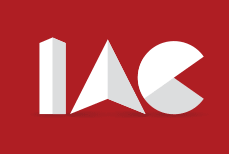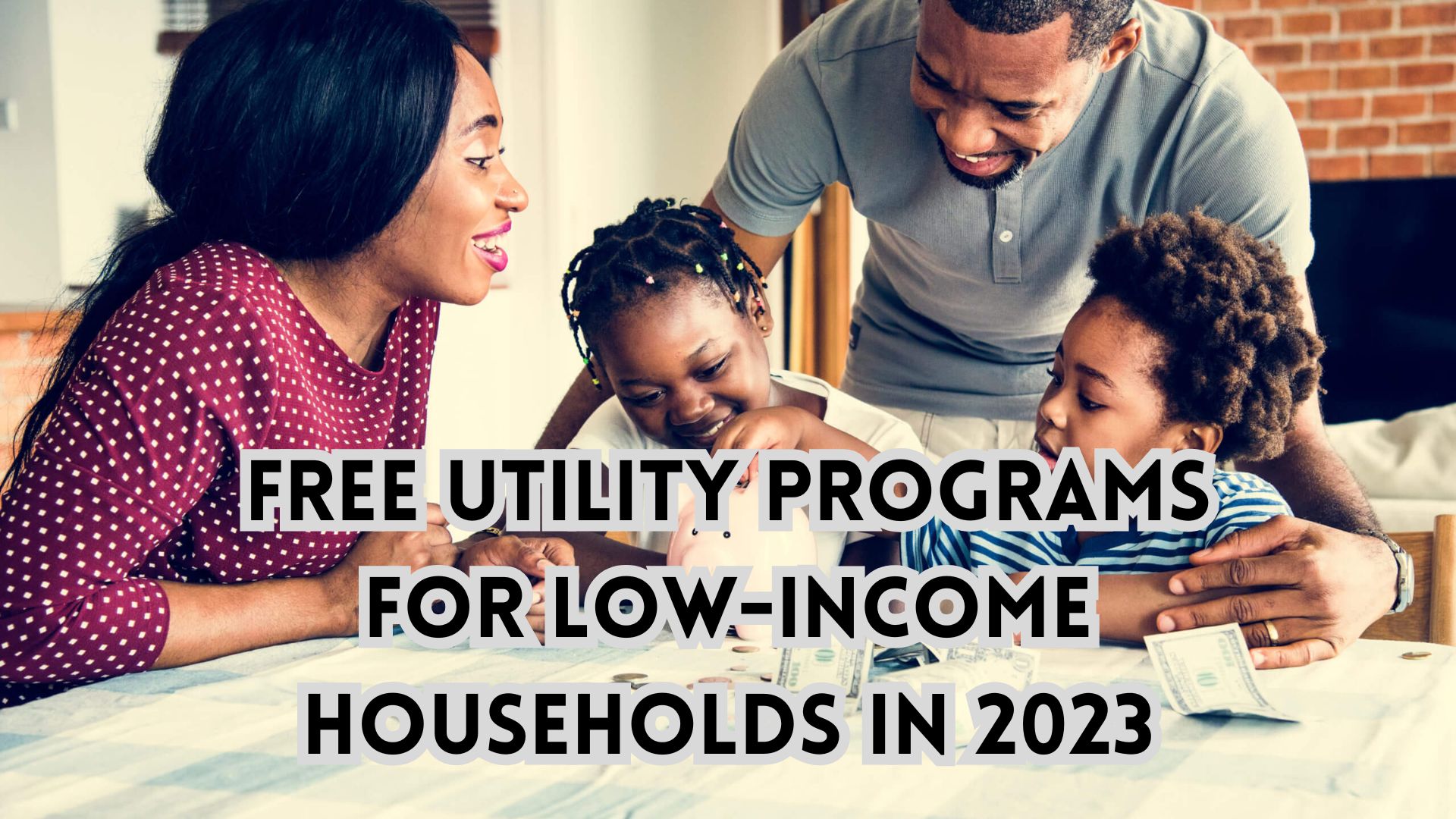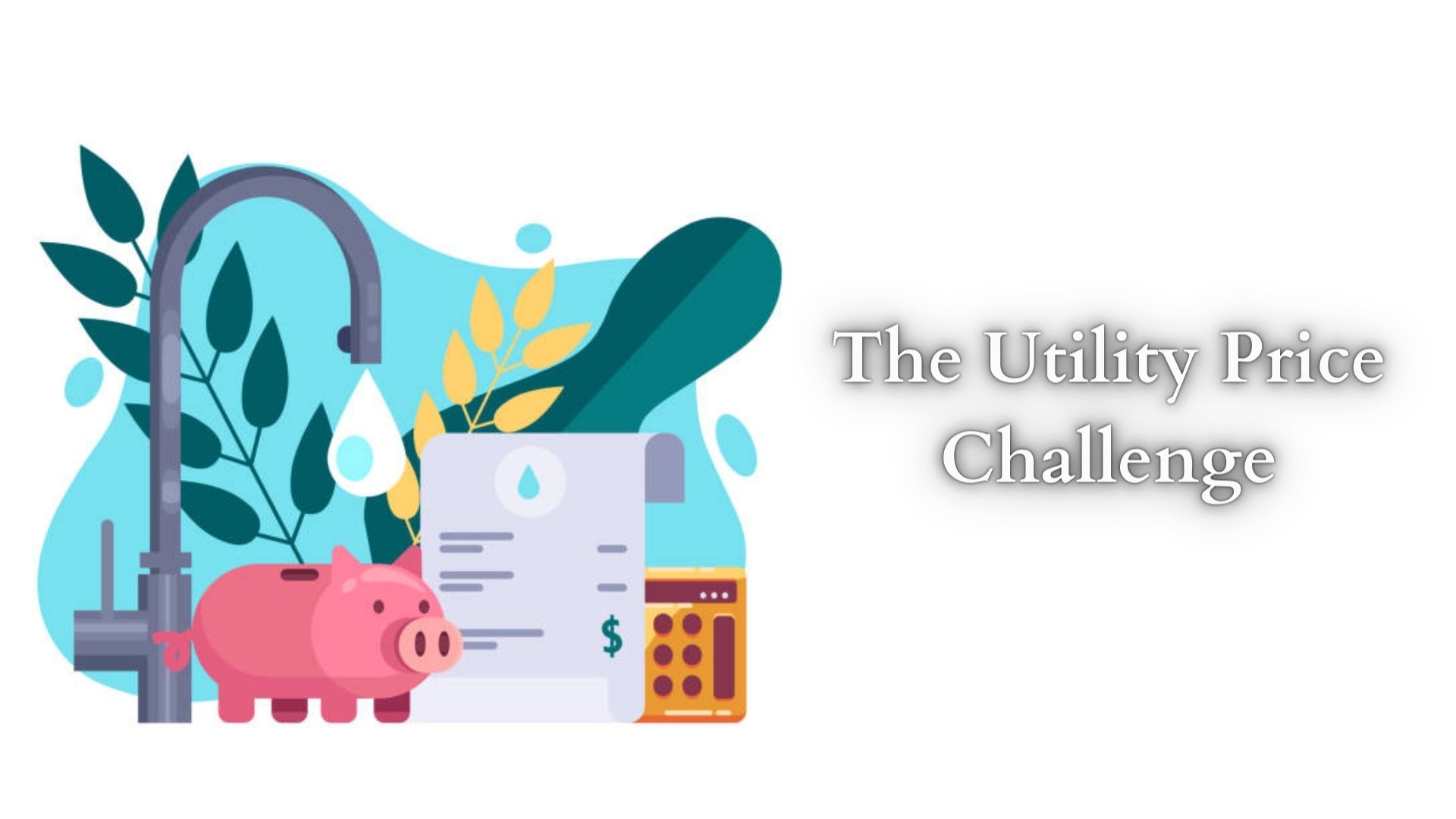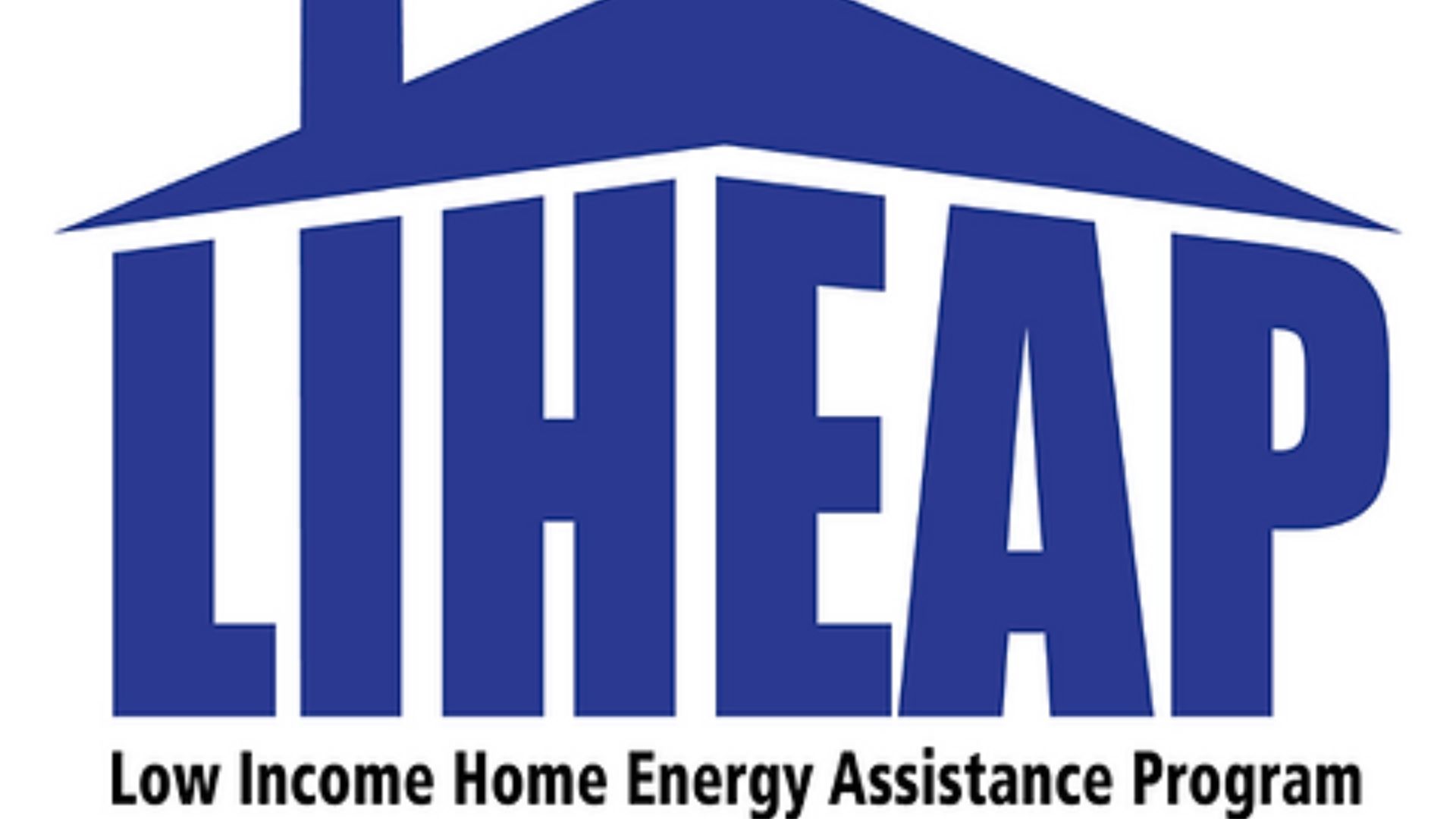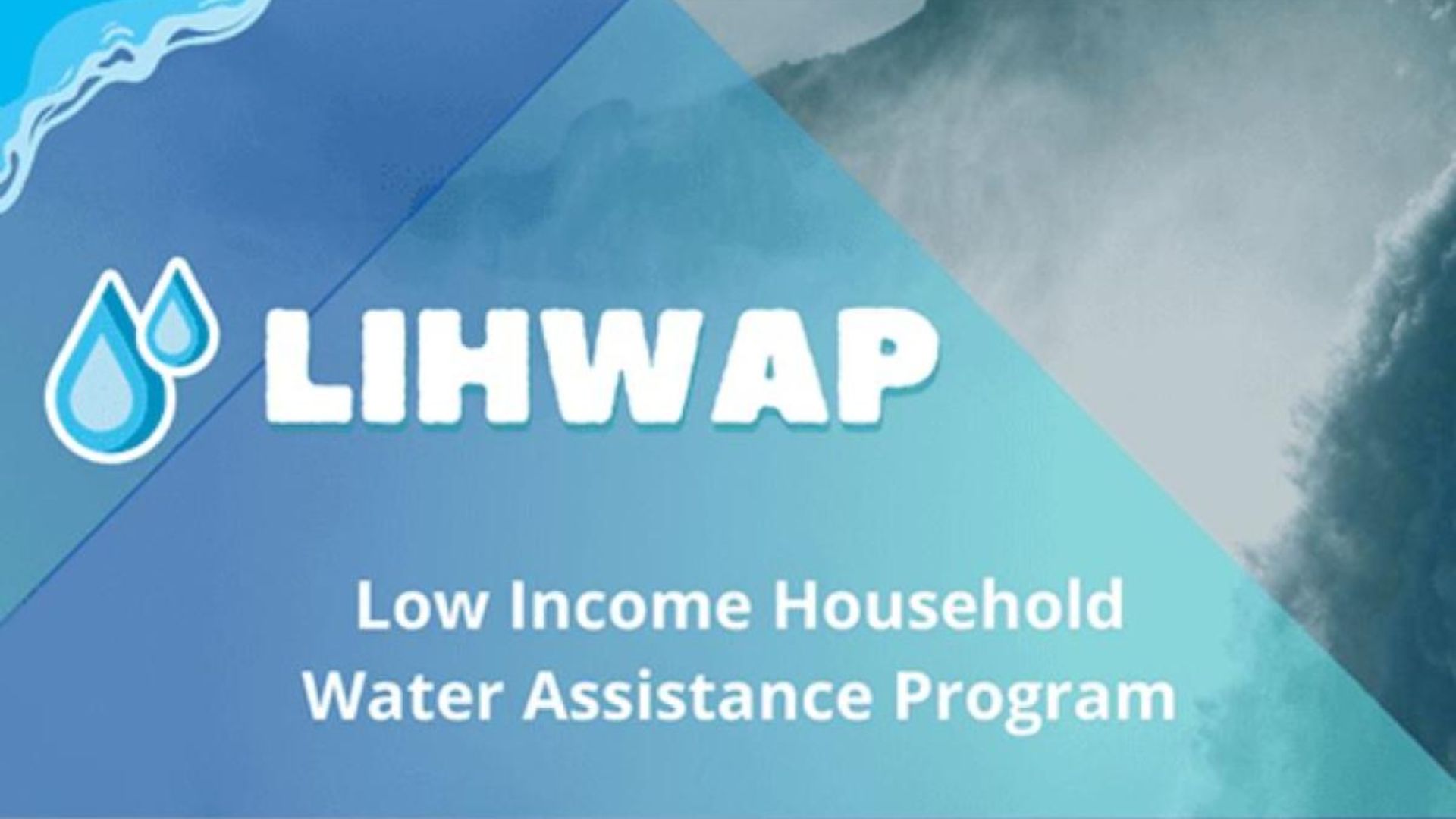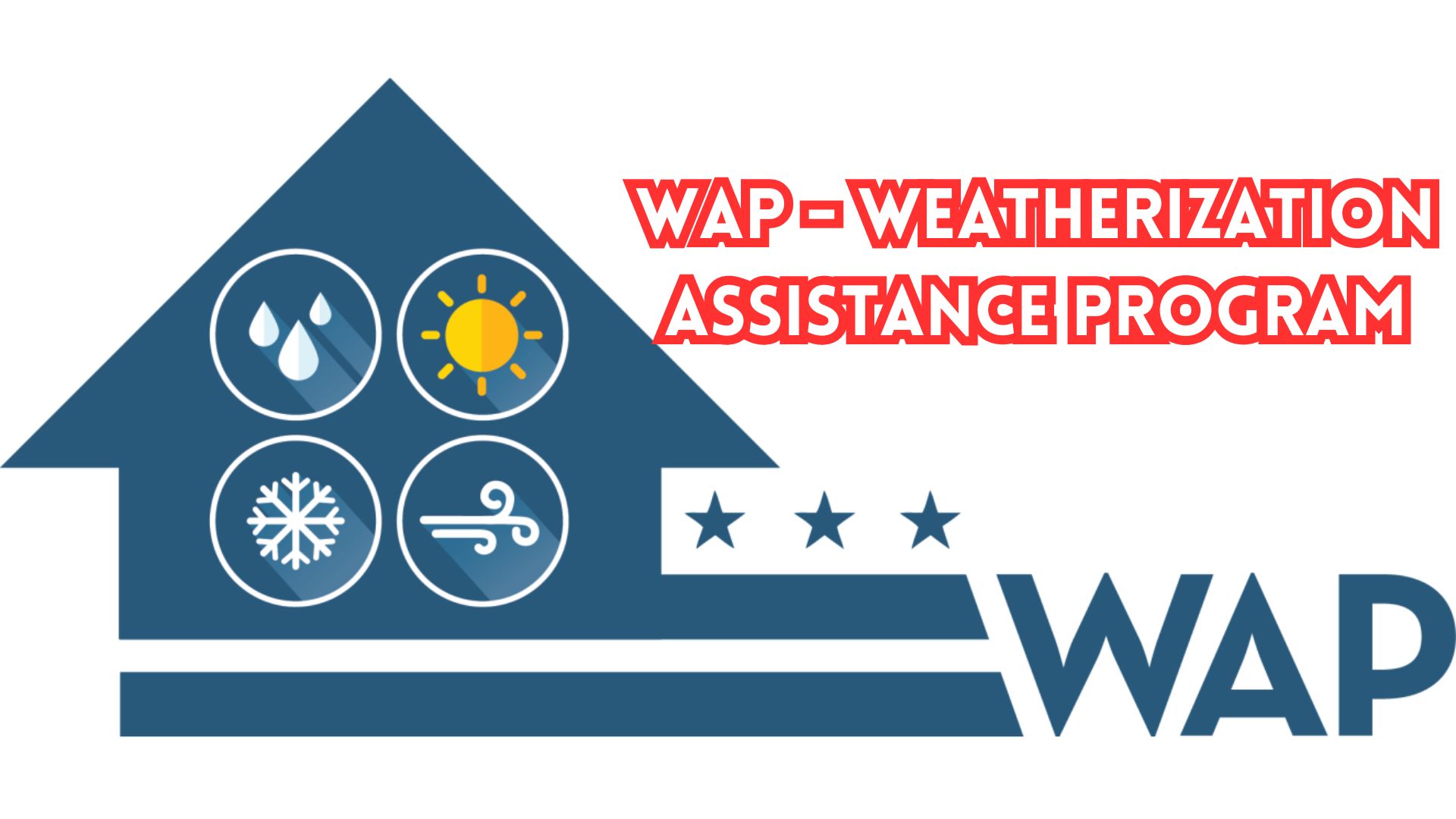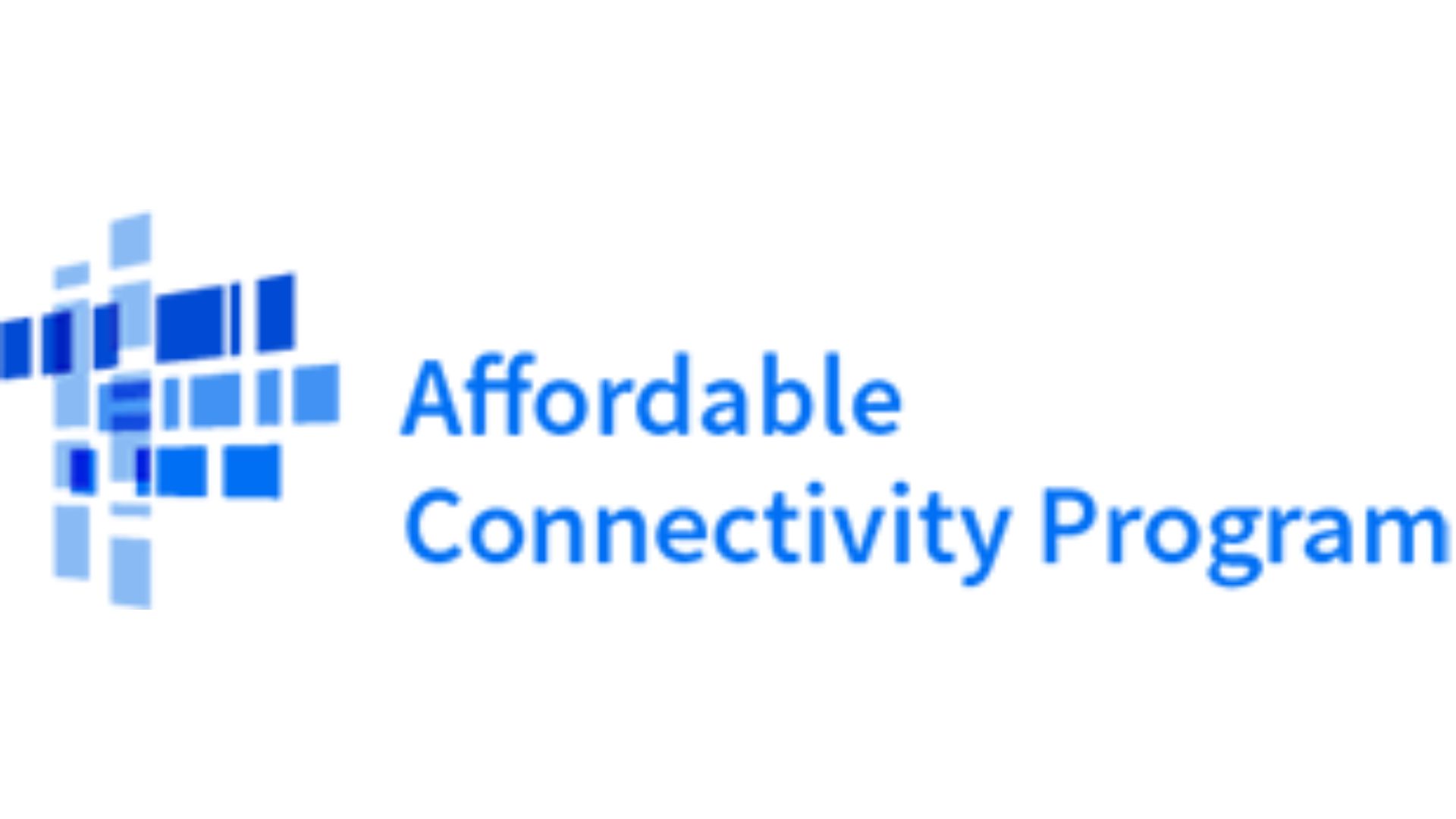In the challenging economic landscape of 2024, many low-income households find themselves struggling to cover the ever-increasing costs of utilities. Fortunately, a range of Free Utility Programs is available to assist those in need. If you’re a fixed-income beneficiary of Social Security retirement, disability (SSDI), survivors, SSI, VA, or RRB, this article is your guide to understanding and accessing these valuable programs.
What is Free Utility Programs
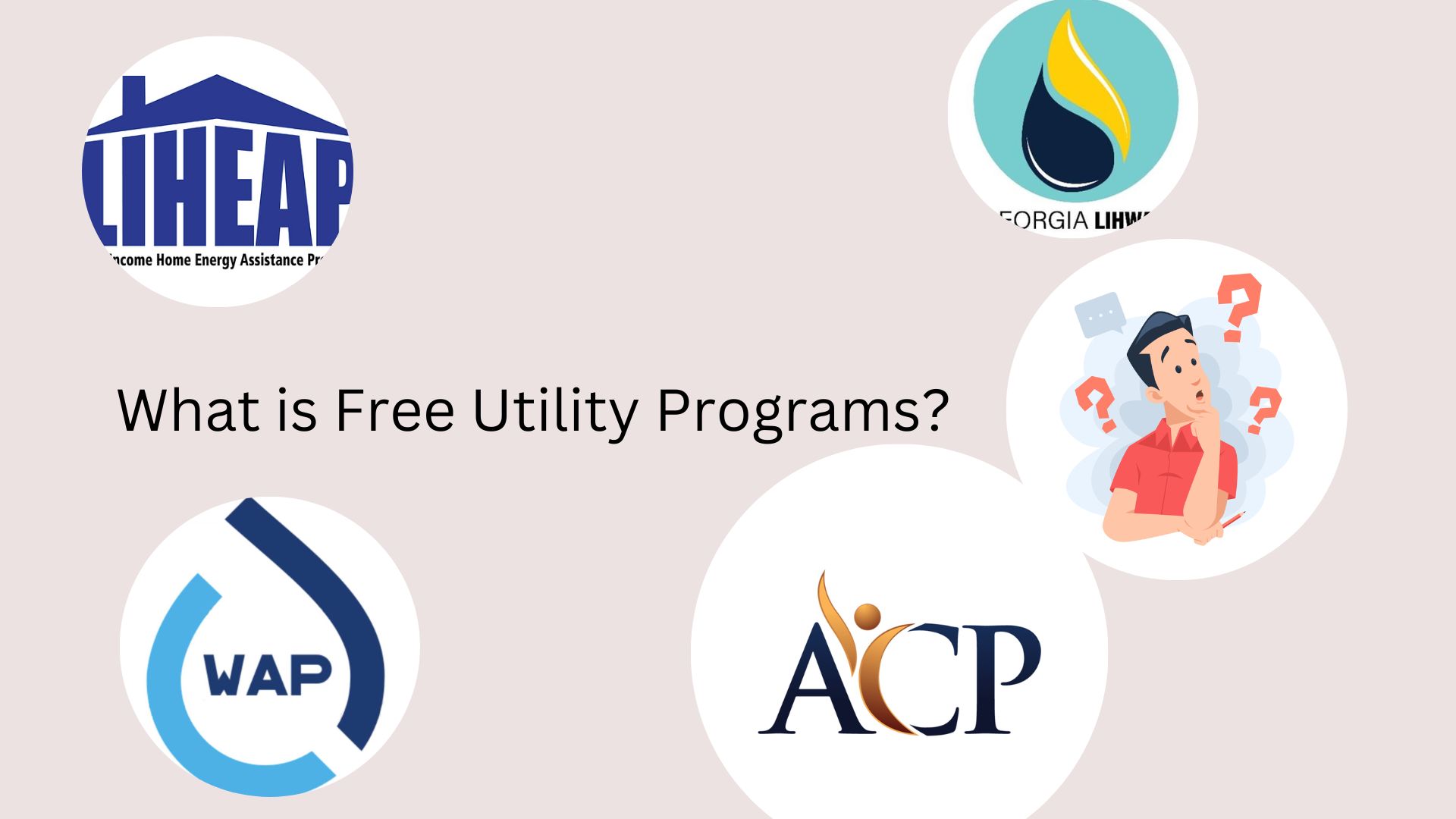
In this article, we’ll delve into several free utility programs designed to alleviate the burden of utility bills in 2024. These programs are specifically tailored to assist low-income individuals and families. Moreover, some of these programs have recently received substantial funding injections, making it crucial to seize this opportunity before the resources are depleted. Rather then utility program you can also Accessing Free Health Care Services from Government.
The Utility Price Challenge
As utility prices continue to soar, it’s essential to explore available options that can help ease this financial strain. The good news is that there are multiple programs designed to provide relief to low-income households, one of them is Financial Assistance Programs. What’s even better is that you can often apply for and benefit from multiple programs simultaneously. Enrolling in one program doesn’t make you ineligible for others, so you can maximize your assistance.
Let’s now walk through some of the most popular free utility programs in 2024:
1: LIHEAP – Low-Income Home Energy Assistance Program
LIHEAP is a well-known program that has recently received a substantial $4.5 billion boost in funding. It is primarily aimed at helping individuals cover their heating and cooling bills. While you might not need cooling in the current season, as we approach the warmer months, having your cooling expenses covered can be a significant relief.
How to Apply: To apply for LIHEAP, perform an internet search with your state name followed by “LIHEAP.” You’ll find local programs and application details to access your share of the recent funding increase.
2: LIHWAP – Low-Income Home Water Assistance Program
Similar to LIHEAP, LIHWAP provides assistance specifically for water bills. While this program may not be available everywhere, it’s worth checking if it operates in your location. Water bills are generally less expensive than other utilities, making this program an extra source of relief.
How to Apply: To check if LIHWAP is available in your area, perform an internet search with your state or local details followed by “LIHWAP.”
3: WAP – Weatherization Assistance Program
WAP recently received an impressive $9 billion in funding. This program focuses on making your home more energy-efficient, helping you save on heating and cooling costs. It offers services like insulation, weather stripping, window and door replacements, foundation work, roofing, and even heat pump installations.
How to Apply: To explore the WAP program, perform an internet search with your state followed by “Weatherization Assistance Program.” This will lead you to local resources and application procedures.
4: ACP – Affordability Connectivity Program
In a digital age, access to the internet is essential. The ACP program, which received $14 billion in funding, helps eligible individuals and families by covering a portion of their internet bills. It’s a significant step towards bridging the digital divide among low-income households.
How to Apply: To apply for the ACP program, contact your internet service provider directly. Many providers have dedicated support for ACP enrollment, making the process seamless.
Conclusion
These free utility programs can significantly alleviate the financial burden on low-income households. Remember that eligibility for most of these programs is determined by your income level, often ranging from 100% to 250% of the federal poverty line. Additionally, if you’re already enrolled in programs like SSI, SNAP benefits, Medicaid, TANF, or WIC, you may automatically qualify for some of these utility assistance programs.
Don’t let utility bills overwhelm you. Take advantage of these programs designed to support you during these challenging times. Apply today, and secure your share of the available funding.
Frequently Asked Questions (FAQs)
What are free utility programs for low-income households?
Free utility programs for low-income households are government-funded initiatives designed to assist individuals and families with limited financial means in covering their utility bills. These programs offer support for various utilities, including heating, cooling, water, and even internet services.
How do I know if I qualify for these utility assistance programs?
Eligibility criteria typically depend on your income level, which may be set at various percentages of the federal poverty line (e.g., 100%, 150%, 200%, or 250%). Additionally, being enrolled in certain government assistance programs like SSI, SNAP benefits, Medicaid, TANF, or WIC may automatically qualify you for utility assistance programs.
Can I apply for multiple utility assistance programs simultaneously?
Yes, in many cases, you can apply for and benefit from multiple utility assistance programs simultaneously. Enrolling in one program does not usually make you ineligible for others. This flexibility allows you to maximize the support available to you.
How do I apply for these utility assistance programs?
The application process varies depending on the program and your location. To apply, start by performing an internet search with your state or locality name followed by the program’s acronym (e.g., “LIHEAP application in [your state]”). You can also contact your local program administrators or your service providers for guidance on the application process.
Are these utility assistance programs a long-term solution?
While these programs offer valuable short-term relief, they may not provide a long-term solution to rising utility costs. It’s essential to explore additional financial planning and energy-saving strategies to reduce your reliance on assistance programs and achieve greater financial stability over time.
